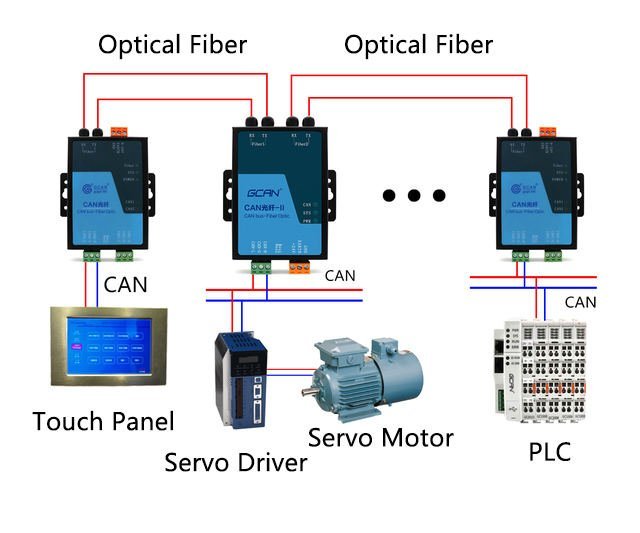There are many important straits all over the world. In the past, we needed to use ships to carry people and goods in order to communicate the economies of both sides of the strait. Compared with road or rail transportation, its speed is relatively slow. Therefore, the opening of the undersea tunnel and the construction of the cross-sea bridge have been mentioned on the agenda. Compared with the submarine tunnel, the construction of the cross-sea bridge is less difficult, but in fact, it is actually very difficult. When we are carrying out the construction of cross-sea bridges, we definitely need the unified dispatching and use of all kinds of construction machinery, so how do they connect? Of course it is a field bus with low communication delay. In such occasions, the CAN bus is often used. However, the maximum communication rate of the CAN bus is only 1000Kbps, and at this communication rate, the data transmission distance is only about 40 meters. This is obviously not enough for the construction projects of cross-sea bridges that are tens of kilometers in length. In order to expand the effective communication distance of CANBUS to the greatest extent, remote CAN repeaters, such as CAN to fiber optic repeaters, came into being.
The CAN-to-fiber repeater is a device that can realize the mutual conversion between CANBUS data and optical signals. When we are constructing a cross-sea bridge, we can use multiple CAN-to-fiber repeaters to build a remote CAN relay system. The optical signal has fast information transmission speed, strong anti-interference ability, and long data transmission distance, which can meet the project needs to the greatest extent.
Our company has also developed a variety of CAN to fiber optic repeaters, if you are interested, you can contact us here.

Looking for a Programmable Logic Controller? Click to learn more!
